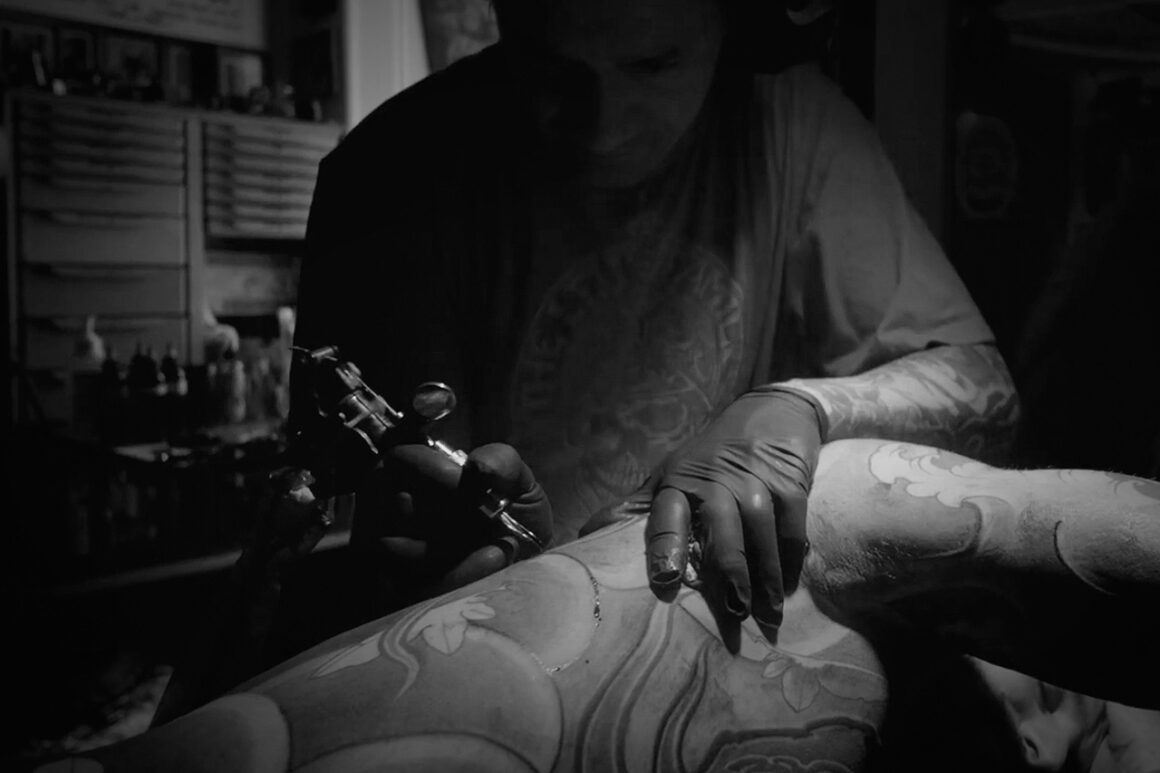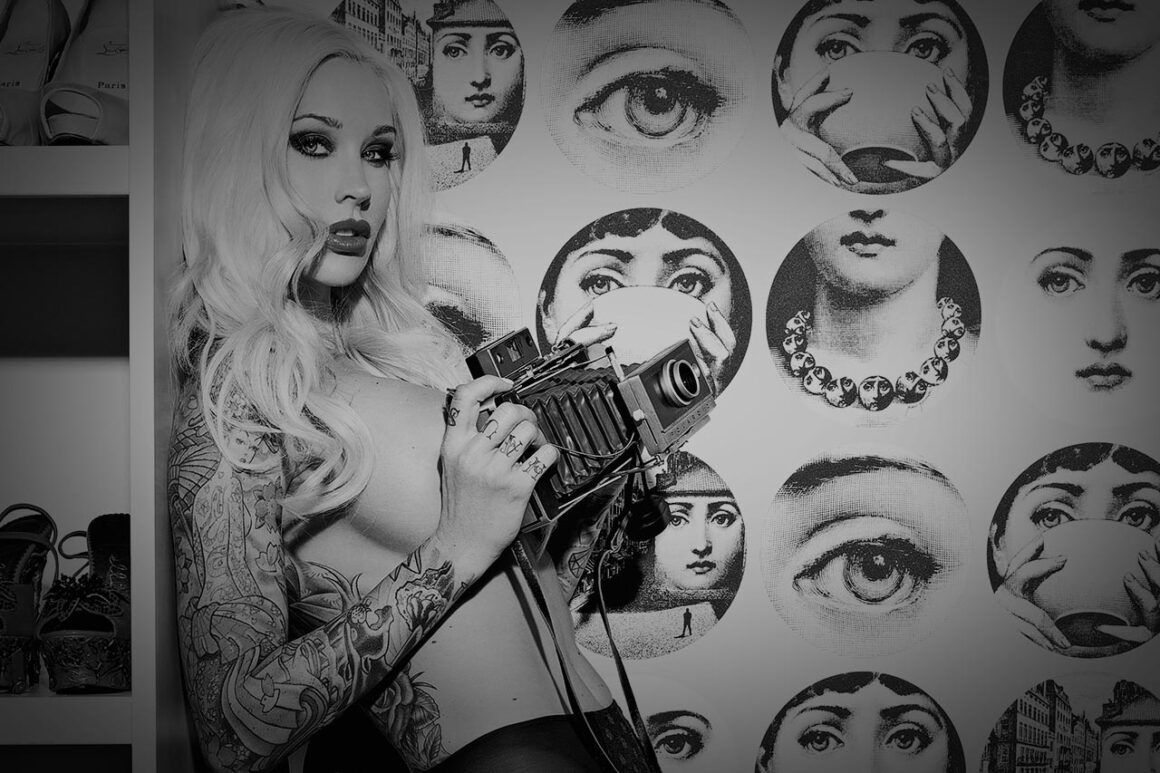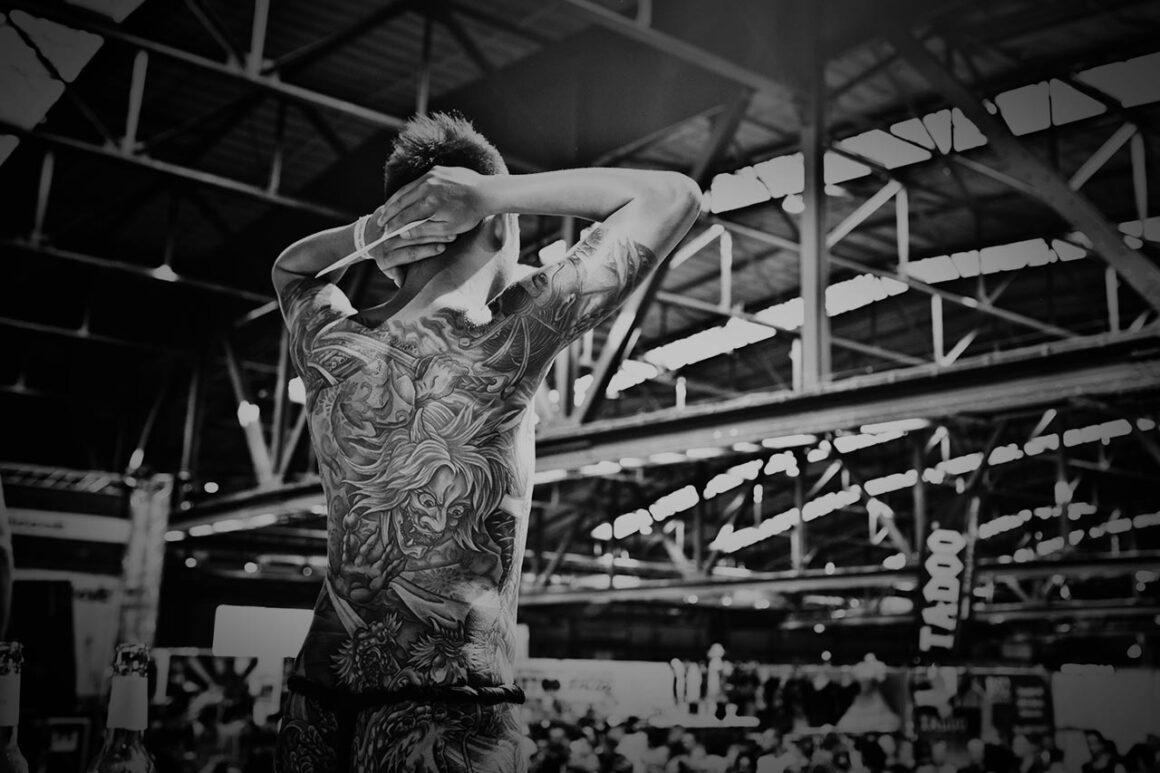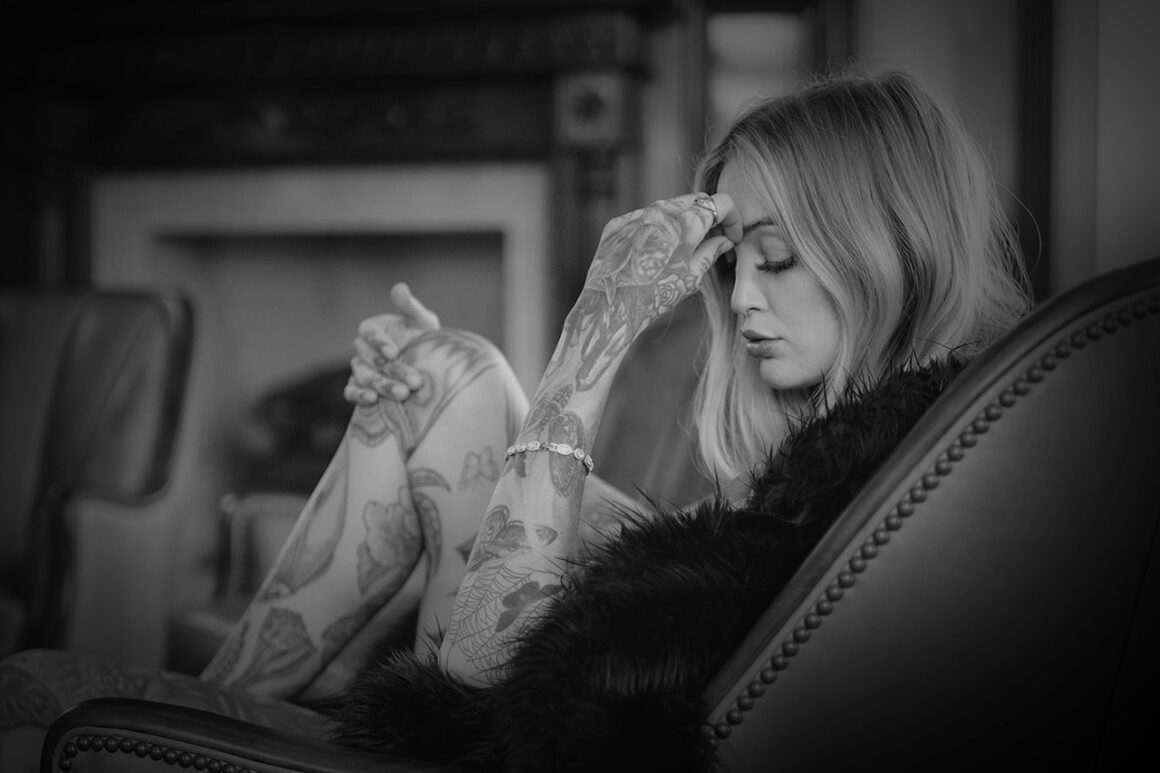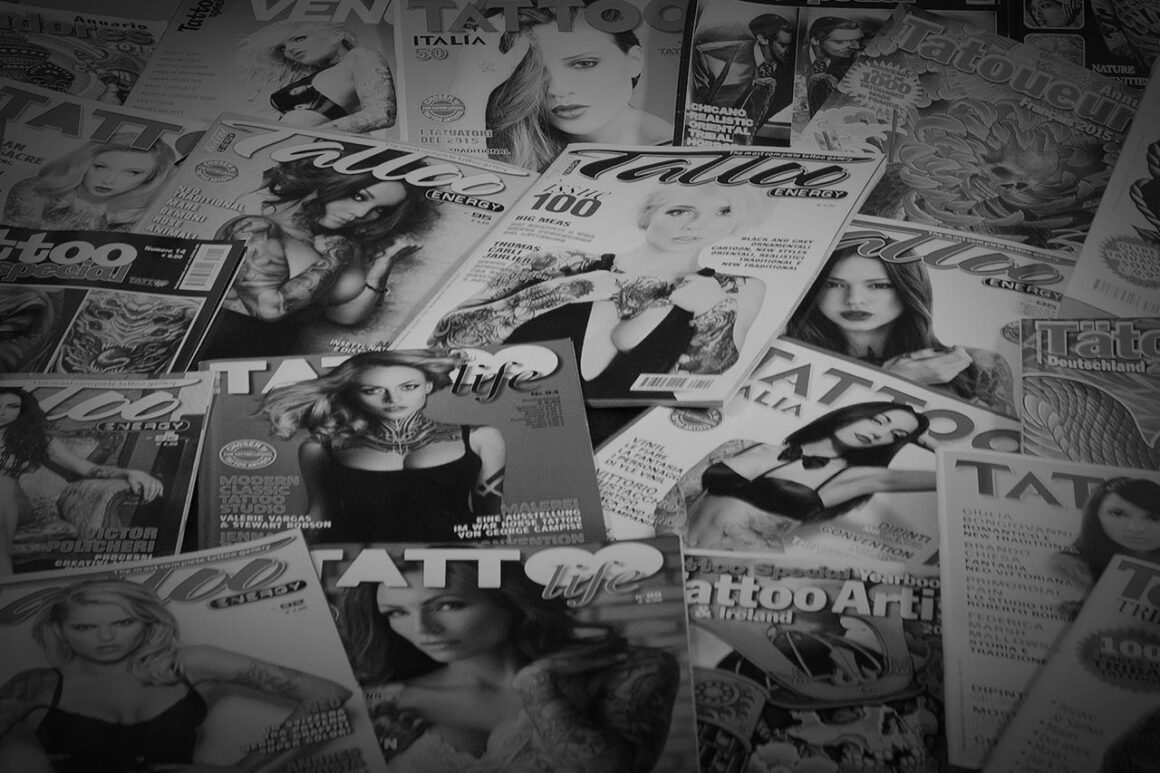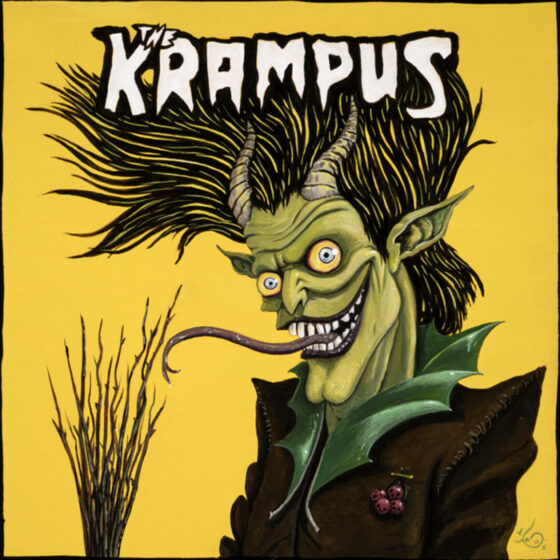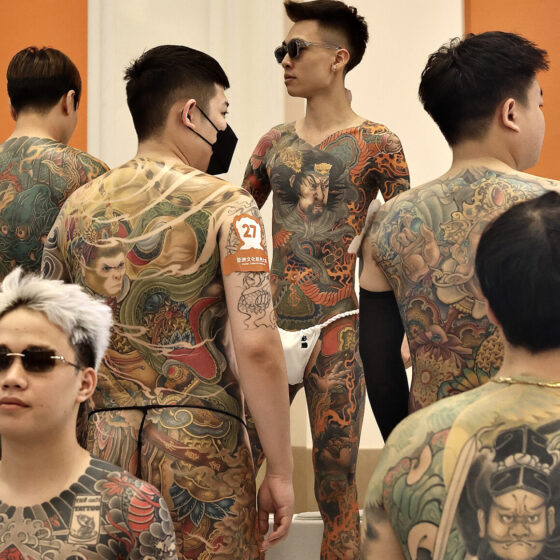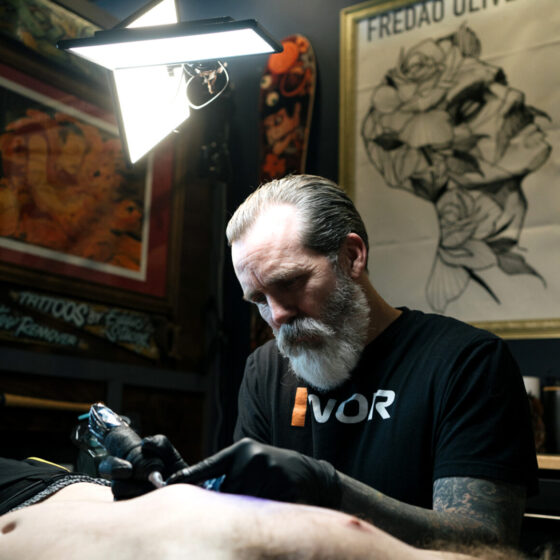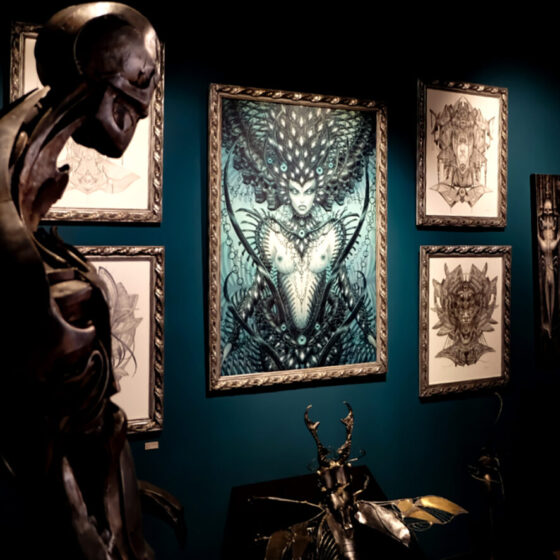An unusual Japan, in which the code of the noble samurai, associated in the common mentality and cultural tradition almost exclusively with male figures, belongs to brave female warriors.
Women ready for any sacrifice, implacable leaders determined to exercise their power with pride and with weapons to change their destiny, amidst battles and universal and personal demons.
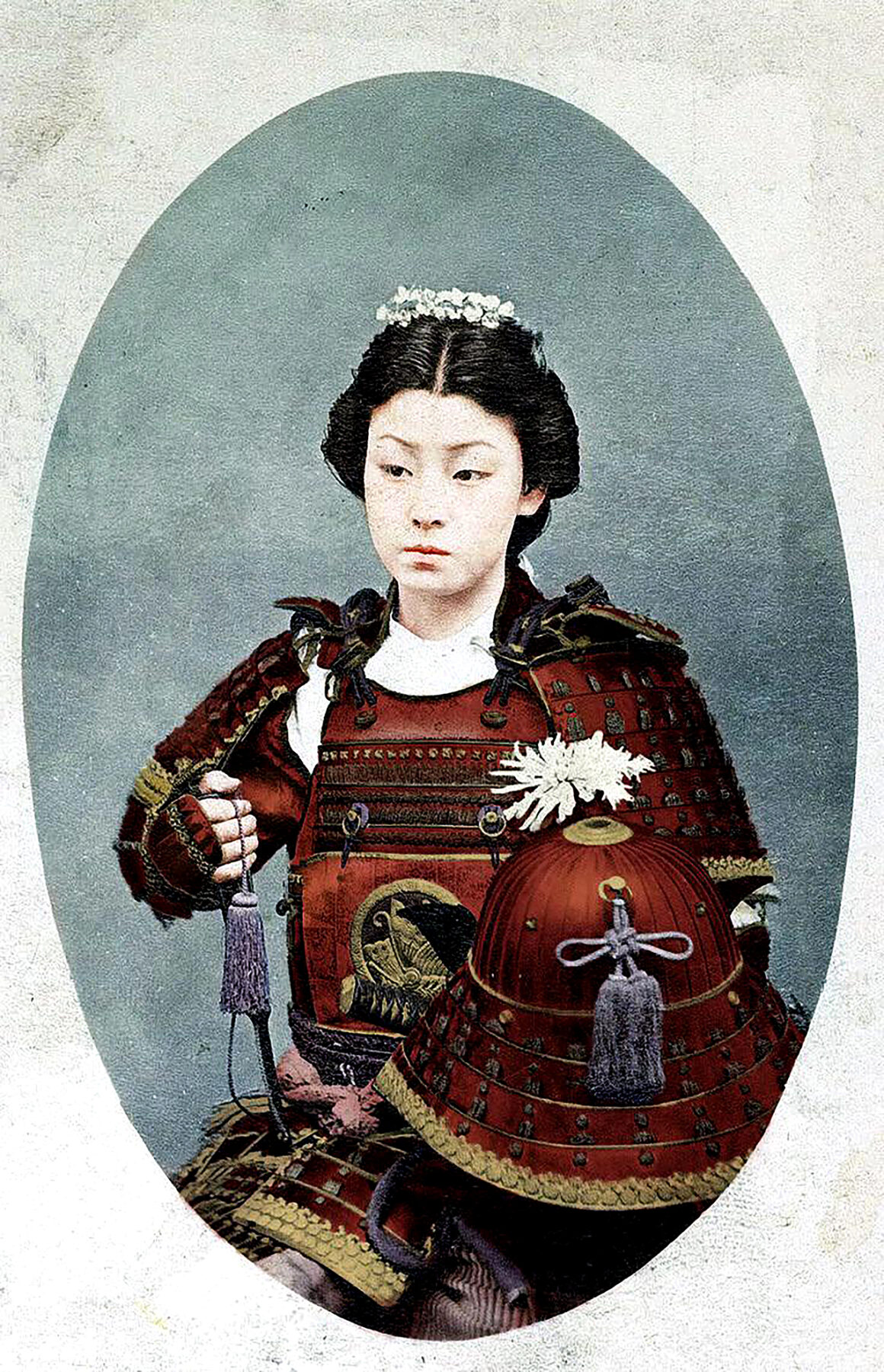
This is the starting point for Storie di donne samurai. Get to the hidden sanctuary, an immersive exhibition (running until 26 November 2023 in the exhibition spaces of TENOHA Milan) created by Tenoha in collaboration with L’Ippocampo Edizioni and inspired by the book of the same name illustrated by Benjamin Lacombe with texts by Sébastien Perez (L’ippocampo edizioni).
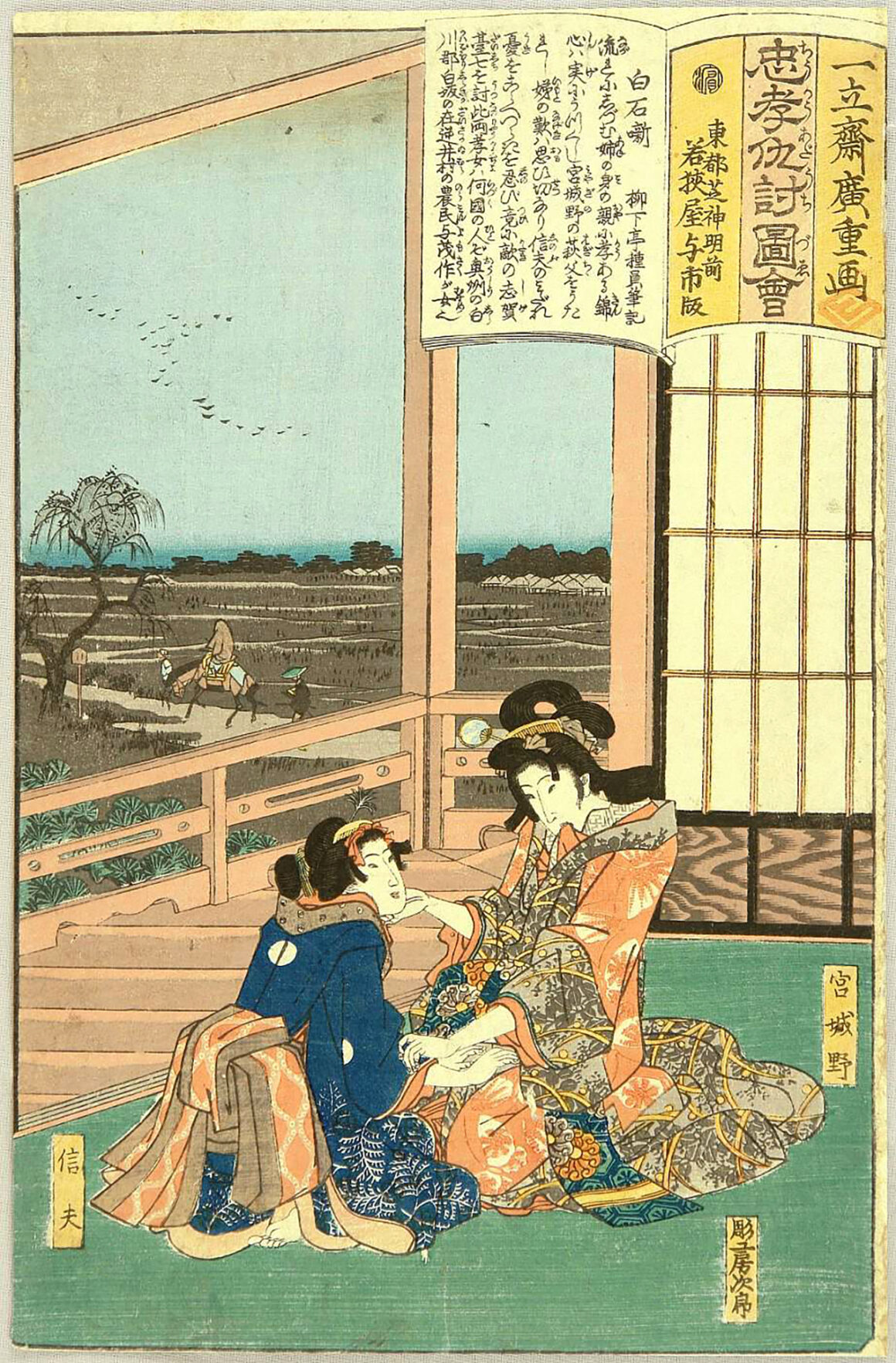
They are the onna-bugeisha, women warriors or ‘the female warrior’ by literal translation, of noble extraction, belonging to the bushi caste, i.e. the samurai. The onna bugeisha were the wives, daughters and sisters of samurai, who, like their husbands, were engaged to serve a lord, in feudal Japan from 1100 onwards.
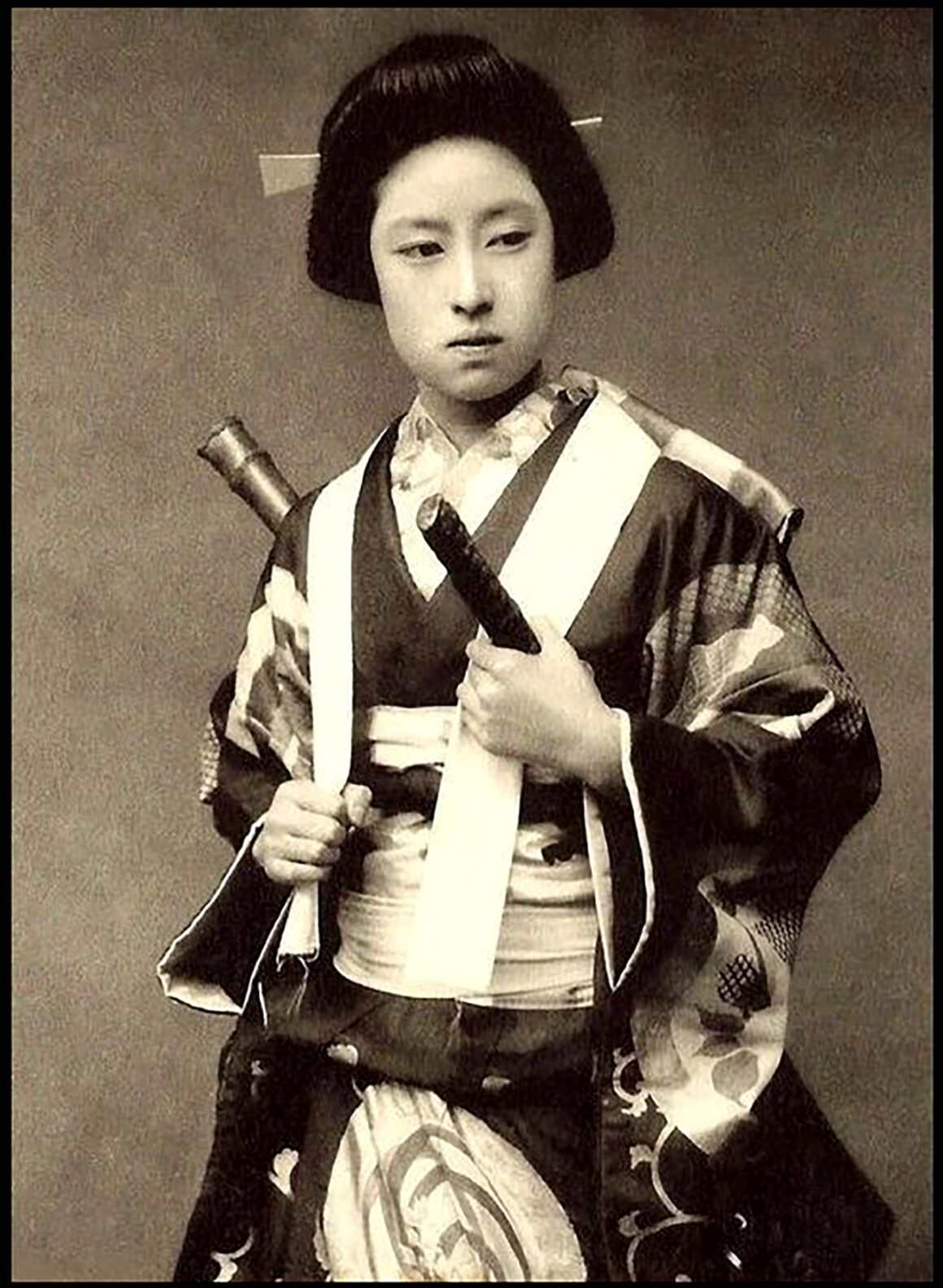
They were trained in combat and martial arts, with the characteristic weapons intended for the onna-bugeisha: the bow, the spear, but above all the naginata, a long stick on which is mounted a sharp blade, designed specifically for the use by a woman.
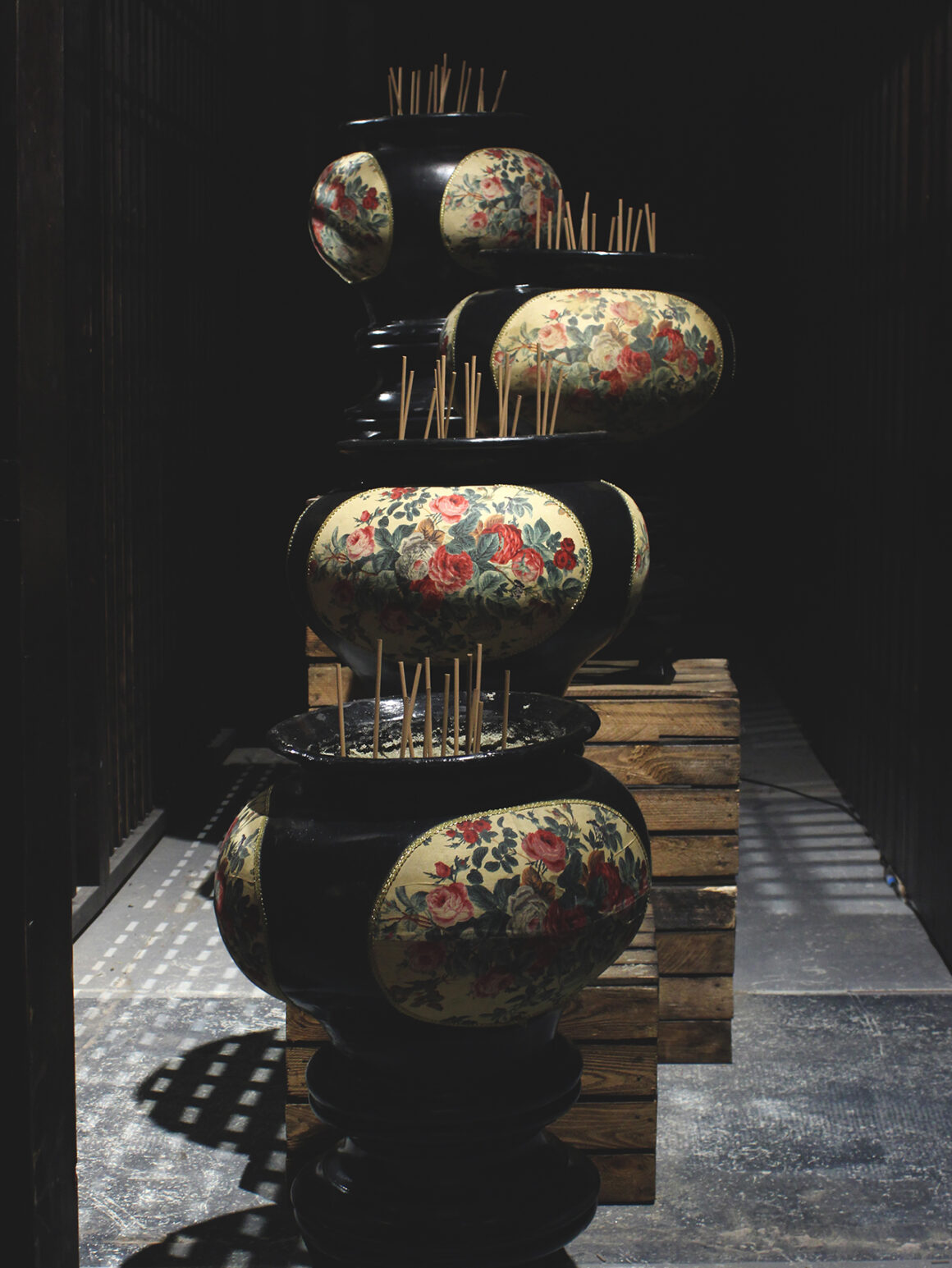
Tomoe Gozen is one of the best-known onna-bugeisha. Servant of General Minamoto no Yoshinaka, at whose side she fought her battles, Tomoe is the only female warrior described in the epic literature of the samurai tradition. The appellation ‘gozen‘ means ‘honourable‘, and may indicate that she was not of noble birth.
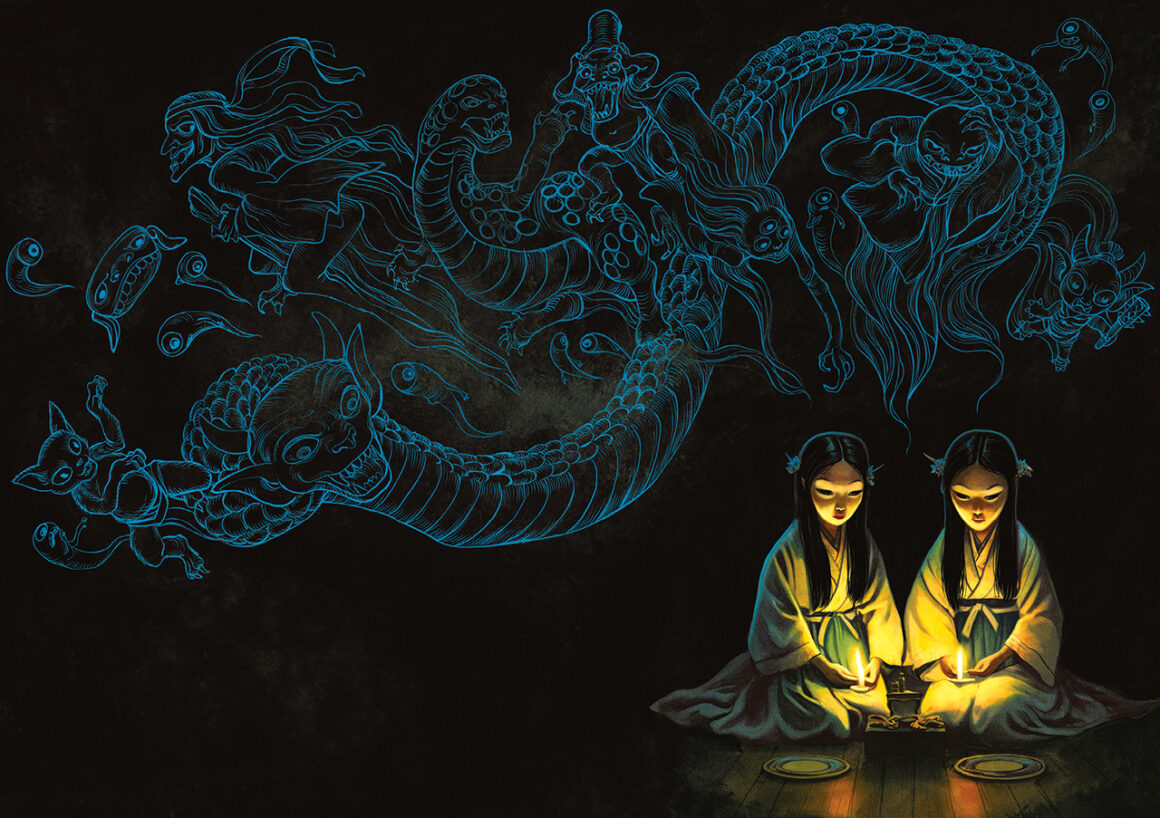
She is recounted in the Heike Monogatari, a Japanese epic poem. The epilogues of this samurai woman are numerous: some end with her death in battle, others with her disappearance at sea or in the hills with her husband’s head. Still others claim she became a Buddhist nun.
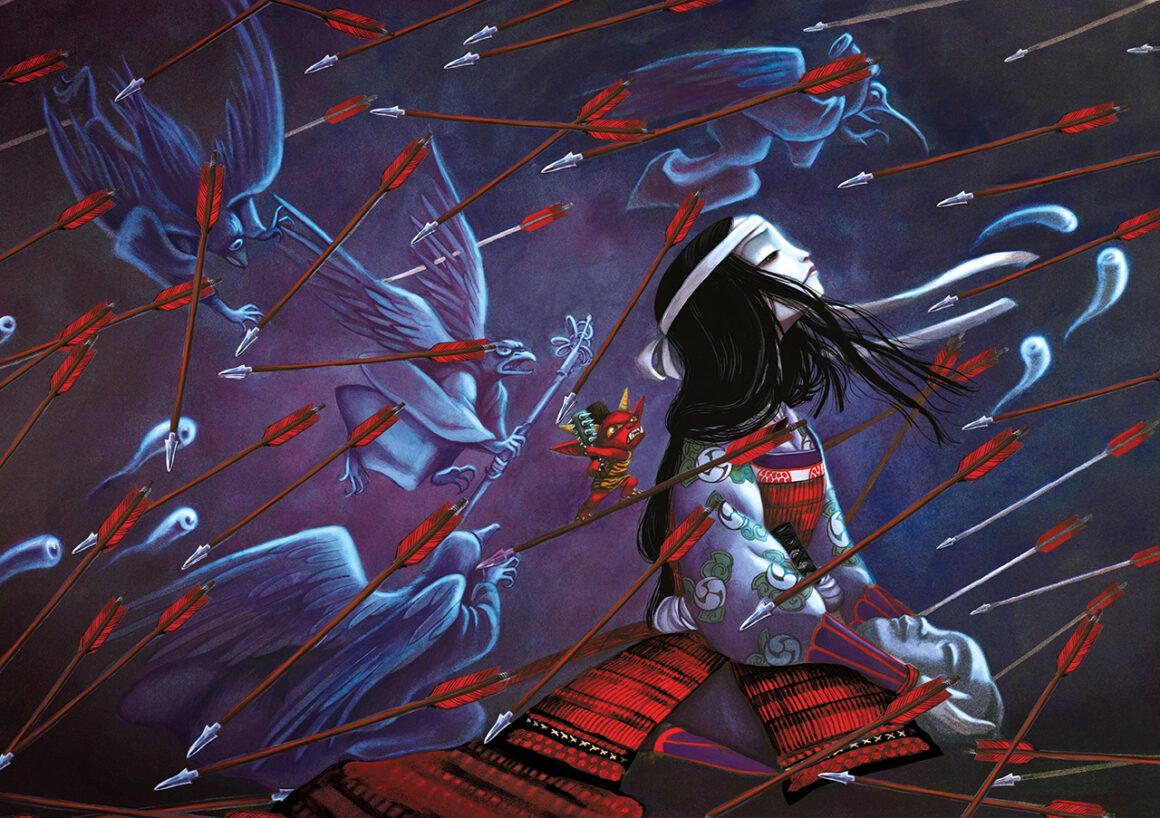
Then there are the sisters Miyagino and Shinobu, who learned martial arts in the 17th century to avenge the killing of their father. And Nakano Takeko, who led an all-women army during the Boshin War in the late 19th century.
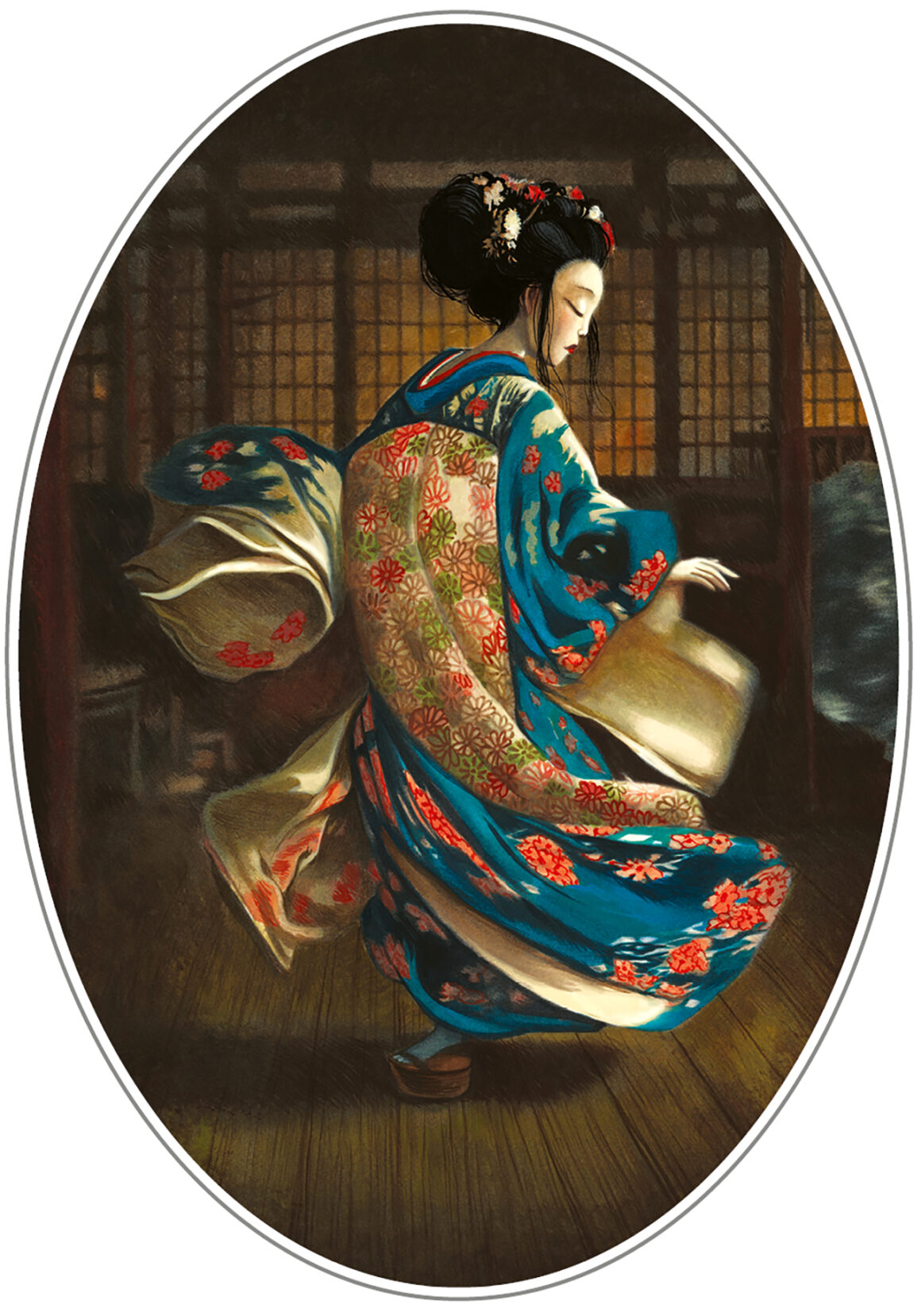
According to the texts, the onna-bugeisha kept their hair long and shiny. Their skin had to be white and pale, groomed and most probably dabbed with rice powder, to symbolise grace even in battle.
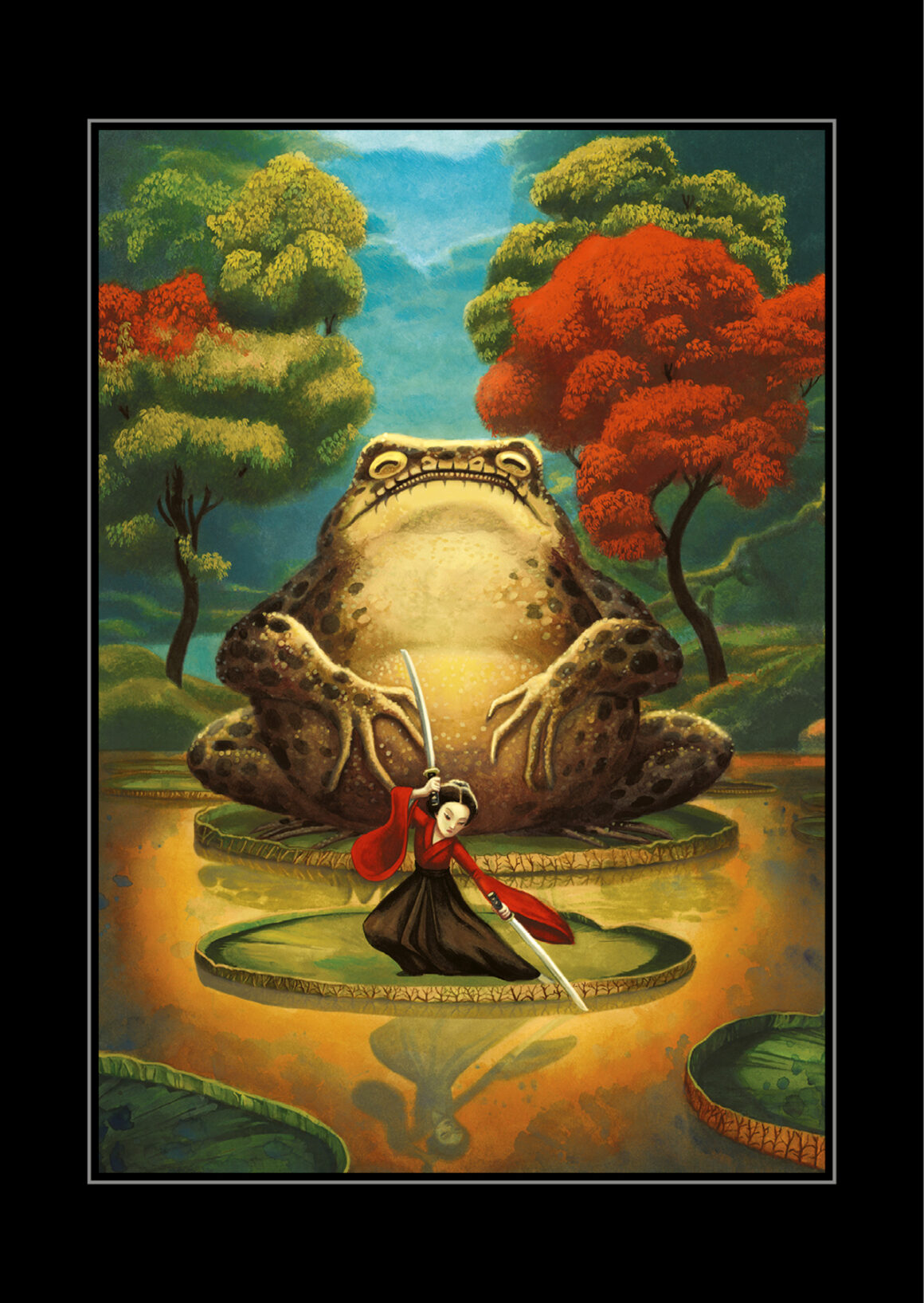
“The protagonists of the stories in this volume and presented in the exhibition – writes Benjamin Lacombe in the introduction to the book – are rebels, dissidents, outlaws. Some defied the norms by shaping their own destiny, like Nakano Takeko who created her own female army because the regular one was forbidden to her“.
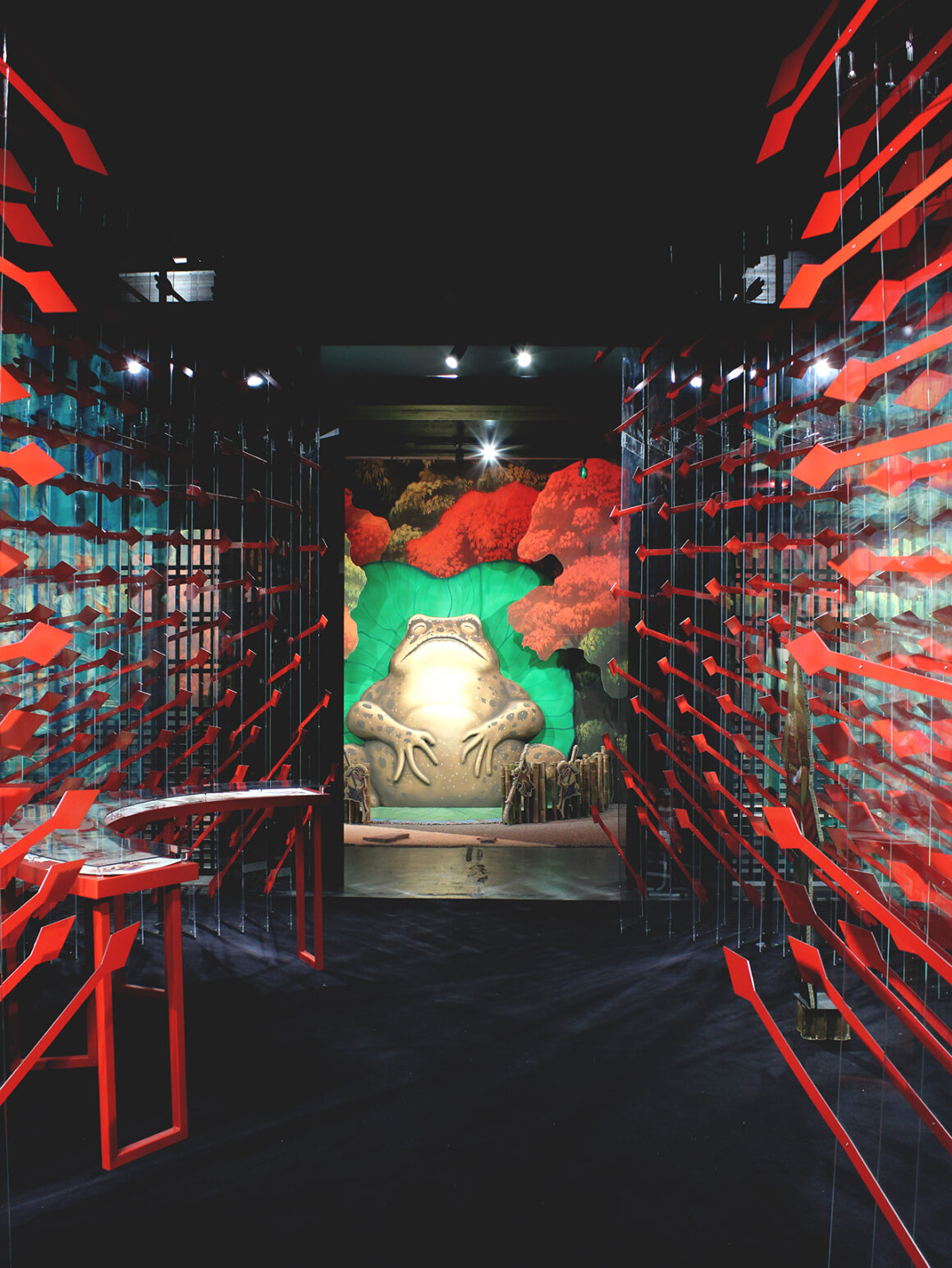
Touching and full of charm, the voices of these intrepid heroines are the echo of a chorus from the past, reminding us of the fragility of the rights won by women and the incredible tenacity and courage with which they have continued to claim gender equality over the centuries”.
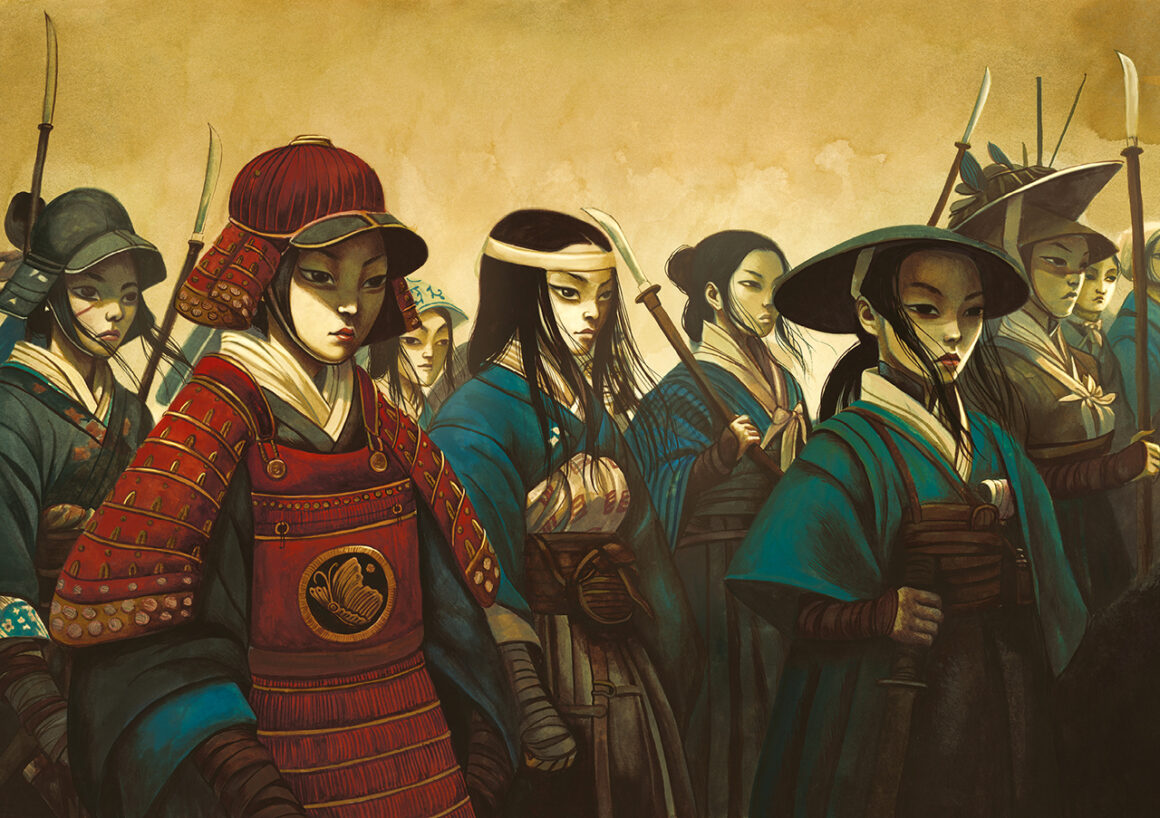
A Japanese temple with a Zen garden and sensory rooms are set up in this exhibition route where technological innovation and a thousand-year history are present with objects and reconstructions made even more real by videos, installations, animations, audio and essences. You move from a room dotted with arrows pointing towards the viewer’s path, to another in which you experience the tea ceremony and the beauty of the Japanese woman; or you can encounter those strange animals that punctuate Japanese folk tradition.
www.ippocampoedizioni.it/
@tenoha_exhibition @ippocampoedizioni @benjaminlacombe @lauramicalizzidesign
#storiedidonnesamurai #tenohamilano #ippocampoedizioni #benjaminlacombe
